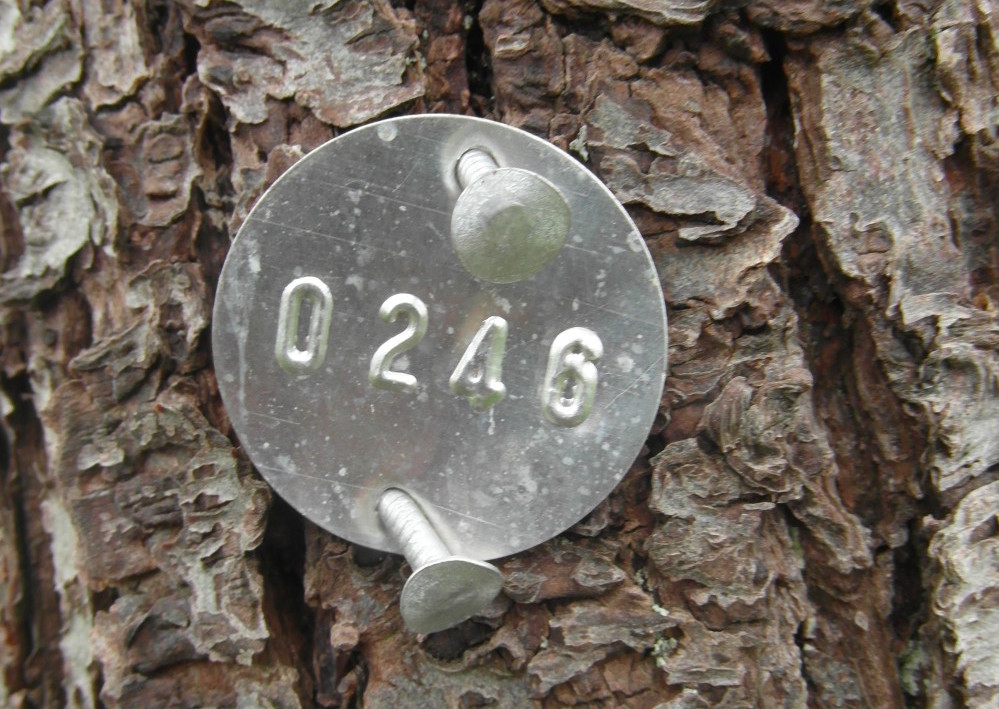Mapping your orchard

Mapping or numbering your trees will help you monitor how well they are doing from year to year
Mapping your trees
Even if you don’t know all the variety information for the trees in your orchard or garden, you might want to think about mapping the trees you have.
Mapping or numbering your trees will help you check how well they are doing from year to year and help collect any information that you do have into one place. This could be how heavily the tree has cropped each year, whether the fruit is best for eating or cooking, any signs of disease or pest damage etc. Even the best of memories can forget which tree did what and in which year. This also means any info you gather about your orchard can be passed along if you ever move house, imagine how useful it would have been to have been given all this when you first started managing your orchard. This is one of the best ways of making sure knowledge of our traditional orchards isn’t lost.
How to map your fruit trees.
This is entirely up to you and will depend on the size and nature of your orchard and the type on information that you wish to collect.
A good place to start would be finding your orchard on google maps and using it to map the trees that you have. You can then number them on your records and in label them in your orchard however you feel best. For example if your orchard is arranged in rows or a grid you could number each tree in a row and designate each row a letter. If your orchard is a bit more haphazardly arranged then a simple numbering system might be easier. Putting some form of permanent markers on the trees is very important.
What information do I collect?
- Variety name of the fruit if known. Knowing the variety of a fruit tree means you can find out all sorts of useful information such as whether the fruit is suitable for cooking, storing or whether it is best to eat as soon as it is ripe. It can also give you a bit of help understanding any disease that your tree might be susceptible to or whether it is a local heritage variety.
- Culinary use/ tasting notes Is this a dessert/culinary/cider apple tree?
- Age
- Condition. You can record if the tree falls over (but persists), any large limbs lost through weather, disease, age etc.
- Signs of disease or pest damage
- Annual cropping yields. Estimates are fine! This might show you some interesting patterns over time, and help know how much delicious fruit you can expect in future years. Some trees fruit heavily on alternate years.
- Date of fruit maturity. This might change from year to year but there is surprising variation between cultivars with when the fruit actually ripens.
- Where the material came from If new this would be the nursery or otherwise that you got the tree from.
- What date the tree is in peak flower
- Associated species Does it have mistletoe? Visible fungi? Nesting birds?
- Date of last pruning. Pruning doesn’t have to be done each year, and if you are restoratively running an overgrown tree it is best to do this slowly over a number of years to prevent the tree going into shock. Either way you might want to record when you have pruned each tree.
